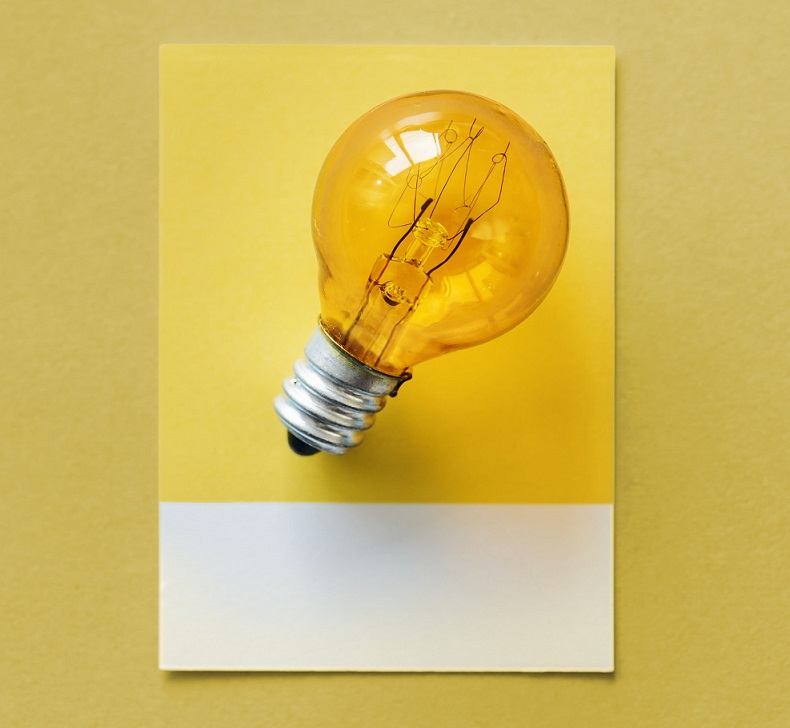Writing without an outline turns into a chaotic process in which you can’t cope with the thoughts rush. There are so many points you want to cover in your essay and express every idea that comes up to your mind. Furthermore, here also the opposite problem can appear: lack of information and futile attempts to start the paper inhibit the writing and you spend the threefold amount of time instead of doing the job quickly and qualitatively.
But you shouldn’t worry. The habit of writing the essay and ignoring the outline is inherent to many novice writers. We are going to show you some outlining techniques to transform your assignment into a quite simple and entertaining thing.
The outline is actually a plan which contains the main ideas of the text and stands up for a starting point of the paper. It helps to gather all your thoughts and get a full picture of the future work but without many details. Before you become acquainted with different types of outlines let’s speak on steps of the outline writing:
Choose the Topic Which Thrills You
If you already have some view of it the writing process will be more pleasant and fast. Did you notice – when you write an article on a familiar theme you spend not so much time as on the description of unknown things you should understand on the way? Clarify the purposes of the writing and prioritize them.
Mark the Points You Wish to Refer to
Write down all the ideas that your brain generates at this moment. You can note not only the ideas but also sources of relevant information, brief workpieces, arguments or the methods you are going to use. If it seems helpful to create a deserving custom research paper just put those on paper.
Create the Framework of the Essay
On this stage switch on your critical thinking and select from loads of sketches the most convincing. After that, you should bring them all together and think up the structure of the writing. Line up the statements into an order and chart a possible way of their expression.
Allocate the Main Ideas
It’s a time to decide which things are important and which are less. The secondary points play a great supporting role, though. Your arguments should be reinforced by providing examples, statistics and various theories to prove your notion.
Check and Edit If Necessary
Revision is a final and the most critical stage of any text composition. At this point, you check whether the outline contains mistakes, misconceptions and other stuff to delete or adjust.
Let’s now move to the types of outlines and the peculiarities of each.
1. The Traditional Approach
Here compose the concise overview of the paper by separating it to the chapters. The description of each part shouldn’t be volume: it is enough to write 3-4 sentences just to explain what the chapter is about.
Pros:
- Good for long writings;
- The outline is well-structured and clear for everybody;
- It’s convenient to express all the ideas together.
2. The Synopsis
It looks as a sort of brainstorming because the writer mentions lots of details and summarize the essay at length. The Synopsis will be suitable for your essay if it consists of one or two main points and many supportive elements.
Pros:
- Useful for shorter stories;
- Serve as your memory because of detailed summary;
3. The Snowflake method
There are no predestined rules about how the structure of your outline may look like. It can be even characterized by the absence of any plan. You should give a sense of the main idea of your essay and just develop it. The writer who prefers this method usually starts with one sentence and expands it through providing additional information about the points he selects at the same time.
Pros:
- A quick way to find new ways to prove the thrust of the essay;
- It is customizable.
4. The Three-act structure
The first act is an introduction to the writing, the second is dedicated to the main part and the last is for the conclusion. The method helps to highlight all the points the qualitative essay requires because it is recommended to adhere to the basic three-part structure while composing the academic papers.
Pros:
- Great for the writers who don’t know how to start;
- Simple to understand;
- A distinct structure.
5. Draft Zero
This type of outline with a catchy name also can be called an “anti-outline”. In fact, you should just start to write due to this method. It is a process of a rough draft creation without paying attention to the mistakes and mismatches. Also, it hasn’t to be as detailed as the final version of the academic writing. The main requirement is speed – the faster you are the more efficient this method works. We all know that appetite comes with eating.
Pros:
- Time economy;
- Free form of writing;
Don’t consider the outline as the waste of time. Those hours or even minutes you spend on it will come back to you in the future when you will start to write. The words start to turn into sentences themselves and transform into a readable and coherent text. People who skip the outline, by comparison, often stumble upon the many obstacles because their picture of the essay is not complete. Plan, drawn up in advance, is able to save 25% of the time expenditures. So do not be lazy and teach yourself to compose the outline every time you receive an assignment to write an essay, a paper research or a review.
The proper nutrition is the key factor of the full life. Nobody will be productive and happy while suffering from some health issues. Eat 3-5 times a day – some specialists say that the more, the better, especially for people with the slow metabolism. Cook dishes replete with good quality proteins, healthy fats, and natural carbohydrates. Vegetables, fruits, meat fish, beans, and seafood are your friends while fast food and other fatty dishes are foes.
During the cold times consider eating soups and stews. Warm dishes help the body to work better in winter and replenish it with necessary nutrients.
Normally, people need 6-8 hours of continuous sleep for general wellness. Develop the sleeping habits: go to bed at the same time every night. It would be better if you choose the time between 21 and 24 P.M. Scientists proved that during this period the quality of rest is the best.
To make your sleep better follow these advices:
- avoid meal for 3-4 hours before falling asleep;
- do workout during the day but not at night;
- put aside your electronic devices while getting ready for a rest;
- open the window – the cold air makes sleep deeper;
- maintain your sleeping place well: a bed and a pillow should be comfortable enough.
Get used to waking up without an alarm clock. It will take some time to establish the stable sleeping habit, though.
Learn Some Meditation Techniques
Meditation has long ceased to be only a religious practice. Nowadays it is the efficient method of relaxation and inspiration boosting.
Let’s debunk some obsolete myths about meditation:
- Meditation is not simply “doing nothing”, it is a concentration training which takes efforts. You focus on a particular object such as breathing, mental image or something else.
- Meditation is not escapism. Many successful people practice it to accomplish their goals here in real life.
- You shouldn’t allocate a lot of time on this exercise. 10 minutes in the morning and 10 minutes in the evening are enough for novice practitioners. Eventually, your mind will become more and more organized, so you may allow yourself to increase your meditation time.
- This experience has nothing in common with altered states of consciousness caused by drug intoxication. If you don’t consider it as a religious practice, you will not observe visions, levitation, glimpse enlightenment and so on.
The basic technique is sitting in a fixed position (it is advisable to take the lotus position or cross the legs) with your back up straight and concentrating on your breath. Do not try to get rid of all the thoughts, simply watch them and return your focus to the initial object (breath in this case). After the meditation session, you will feel ease in your mind and burst of energy.
Now, make it happen for the first time: keep yourself disciplined and adhere to the tips mentioned above every day. Try following such a regime during a few months, and you will see the difference in your productivity.
Photo by Mimi Thian from Unsplash








